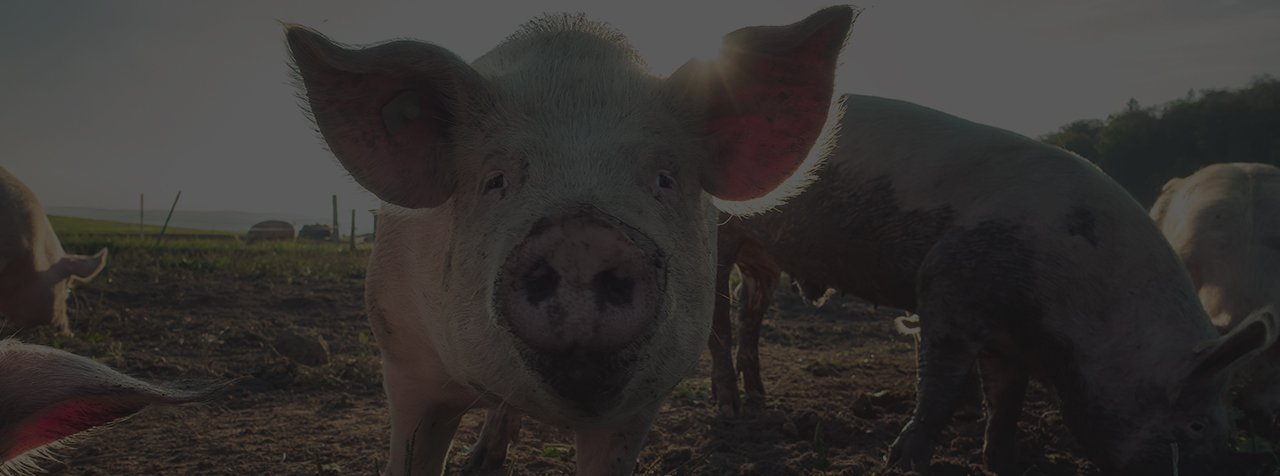Antimicrobial Resistance: The scale of the problem
According to the World Health Organisation, AMR could result in 10m deaths per annum by 2050 if left unaddressed. WHO considers AMR to be “one of the top 10 global public health threats facing humanity”.

The cause of the problem
The proliferation of drug-resistant pathogens – superbugs – is directly attributable to the “misuse and overuse of antimicrobials” (ie. antibiotics)
Source: UN
Indeed, the overall consumption of antibiotics is expected to continue increasing in spite of the reported reductions in “medically important” antibiotics in recent years as a result of One Health.
Population growth
2023: 8b
2030: 8.6b
2050: 9.8b
Source: UN
The Global Response – One Health
Combatting AMR forms a central pillar to the WHO’s and CDC’s One Health approach. One Health recognises the interrelationship between animals, humans, and environment.
One Health’s AMR strategy has been successfully gathering momentum with policy makers and industry bodies for the last 5 years leading to significant reported reductions in “medically important” antibiotic use in recent years by developed nations.

Our commitment
As scientists, we are committed to:
➊
The complete removal of all antibiotics, not just medically important, in animal feed – including ionophores
➋
Improving livestock productivity to meet the world’s growing population needs

